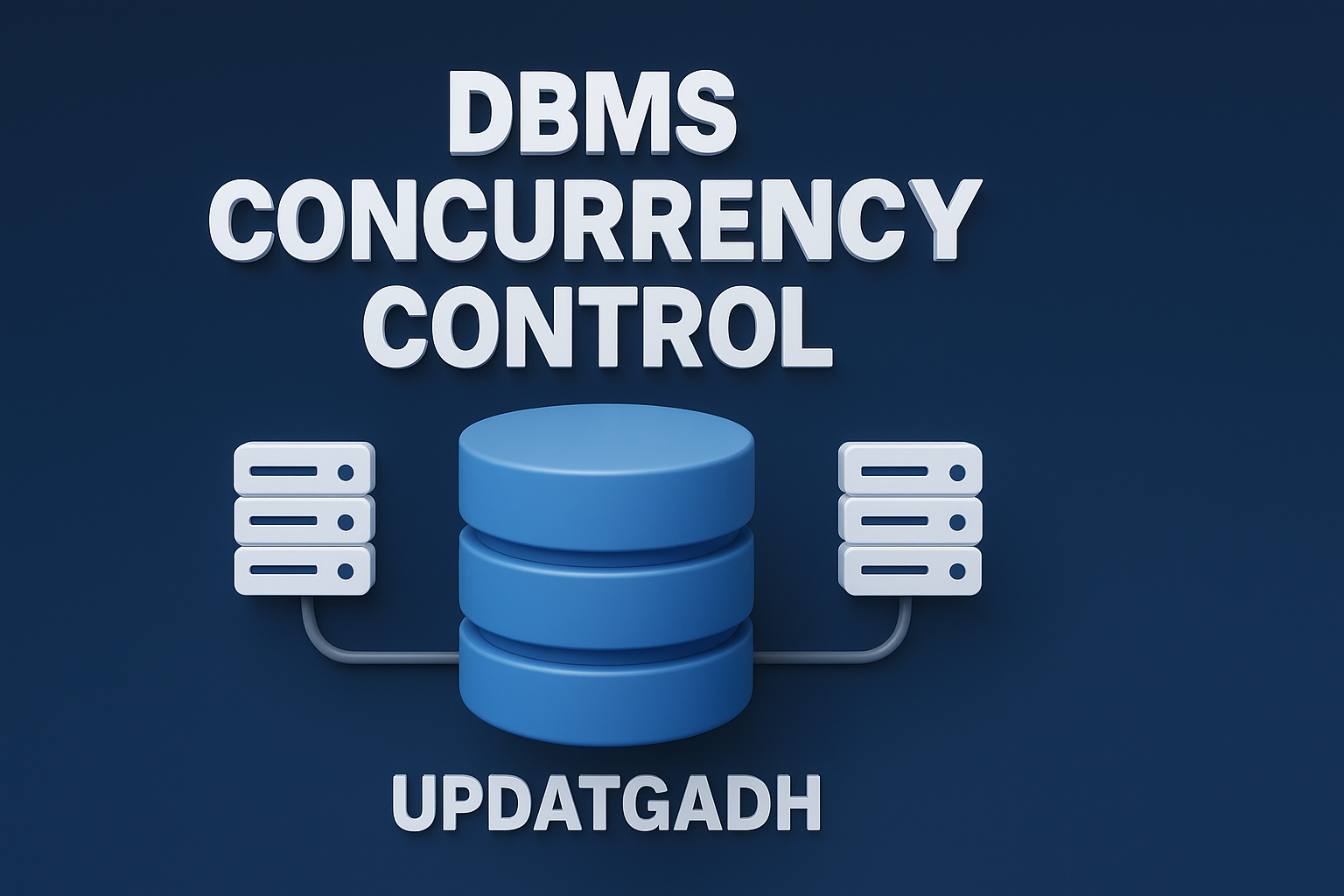
CNN Layers
CNN Layers
Introduction
Convolutional Neural Networks (CNNs) are particularly potent models in the field of deep learning that are made to analyse input having a grid-like architecture, especially images. Just as the human visual system extracts information from a visual field using interconnected neurons, CNNs mimic this biological behavior. Each layer in a CNN plays a specific role, starting with basic pattern recognition (like lines or curves) and gradually building toward understanding complex shapes, such as faces or objects.
This layered approach gives CNNs the unique ability to see and understand visual input in a structured, hierarchical manner.
Complete Python Course with Advance topics:-Click Here
SQL Tutorial :-Click Here
Machine Learning Tutorial:-Click Here
What is a Convolutional Neural Network?
A Convolutional Neural Network is a type of feedforward artificial neural network inspired by the way our visual cortex processes data. Our brains contain clusters of neurons that respond to specific visual cues, such as edges or textures. CNNs replicate this structure by using multiple layers that each learn to detect different aspects of the input image.
Pioneered by Yann LeCun in the 1990s, CNNs have become foundational in tasks involving image classification, object detection, speech recognition, and even natural language processing.
Understanding CNN Layers
CNNs operate through a combination of multiple layers — each designed to perform a specific task:
- Convolutional Layers
- Pooling Layers
- Fully Connected (FC) Layers
- Dropout Layers
- Activation Functions
By progressively abstracting and improving the data, each layer builds on the result of the one before it.
1. Convolutional Layer
This is the core building block of a CNN. In order to produce a feature map, filters (kernels) are applied to the input image. These filters react to particular patterns, such as edges, corners, or textures, as they move across the image.
🧮 Feature Map = Input Image × Feature Detector
This layer introduces two important concepts:
- Parameter Sharing: All neurons in a filter share the same weights and bias.
- Local Connectivity: Each neuron connects only to a small region of the input image, making the process efficient.
To improve performance, CNNs commonly use an activation function like ReLU after convolution to introduce non-linearity.
2. Padding and Stride
- By adding borders to the image, padding makes it easier for filters to cover edge pixels.
- Pixels with a value of zero are added using zero padding.
- During convolution, stride determines how much the filter moves. During convolution, stride determines how much the filter moves.
- The filter travels one pixel at a time when stride is set to 1.
- The feature map’s spatial dimensions decrease with larger strides.
Padding and stride work together to assist regulate the output’s size and the amount of information that is recorded.
3. Pooling Layer
A downsampling technique called pooling is utilised to minimise the feature map’s spatial dimensions while keeping significant features. It adds translation invariance and improves computational performance.
Common Pooling Methods:
- Max Pooling: Chooses each patch’s maximum value.
- Average Pooling: Calculates the average value in each patch.
📏 Output Size (Wout) = (W – F) / S + 1,
whereWis input size,Fis filter size, andSis stride.
4. Fully Connected Layer
The Fully Connected Layer (FC) connects every neuron from the previous layer to each neuron in the current one — similar to traditional neural networks.The data is flattened into a vector and then sent through FC layers following convolution and pooling.
This is where high-level reasoning and classification happen.
🧠 CNNs “decide” what object is in the picture at this point.
However, since every neuron is connected, there’s a risk of overfitting, especially with large models.
5. Dropout Layer
To combat overfitting, CNNs employ Dropout Layers, which randomly deactivate a fraction of neurons during training. A dropout rate of 0.3, for example, eliminates 30% of neurones, which motivates the network to pick up more resilient properties.
Dropout makes the model less dependent on specific neurons, improving generalization on new data.
6. Activation Functions
Activation functions aid in the network’s learning of intricate patterns by introducing non-linearity. Popular activation functions include:
🟢 ReLU (Rectified Linear Unit)
- ƒ(x) = max(0, x)
- Fast and effective, but can suffer from “dying” neurons if not managed properly.
🔵 Sigmoid
- σ(x) = 1 / (1 + e^(-x))
- Useful for binary classification, but can cause vanishing gradients.
🟣 Tanh
- Squashes input between -1 and 1.
- Zero-centered but also susceptible to vanishing gradients.
🔴 Softmax
- Often used in the final layer for multi-class classification.
- Converts logits to probabilities.
Benefits of Using CNNs
CNNs bring several advantages:
- Automated Feature Extraction: No need for manual intervention.
- Efficient Computation: Thanks to local connectivity and shared weights.
- Transfer Learning Ready: Pre-trained models can be adapted to new tasks.
- Versatile Deployment: Efficient on mobile and edge devices.
Limitations of CNNs
- Require large labeled datasets for optimal performance.
- Computationally expensive during training.
- Can overfit without proper regularization.
- Often act as black boxes, making them hard to interpret.
Applications of CNNs
🏥 Healthcare
Used in diagnostics — detecting anomalies in X-rays, MRIs, and pathology slides.
🚗 Automotive
Enable autonomous driving through object recognition and lane detection.
📱 Social Media
Assist in tagging, filtering, and content moderation through image analysis.
🛍️ Retail
Power visual search and personalized product recommendations.
🎙️ Virtual Assistants
Help in speech recognition by extracting patterns from audio inputs.
Download New Real Time Projects :-Click here
Complete Advance AI topics:- CLICK HERE
Conclusion
One of the most significant developments in contemporary deep learning is Convolutional Neural Networks (CNNs). By mimicking the visual processing of the human brain, CNNs allow machines to recognize patterns, classify objects, and make decisions based on visual data.
Their multi-layered architecture — including convolutional, pooling, and fully connected layers — makes them ideal for everything from facial recognition to medical imaging and autonomous vehicles.
In a world that’s increasingly driven by visual data, CNNs are paving the way for intelligent, adaptive, and responsive AI systems.
convolution layer in cnn
pooling layer in cnn
cnn architecture
how many layers in cnn
convolutional layer
cnn architecture in deep learning
fully connected layer in cnn
convolutional neural network
chatgpt
machine learning
cnn layers in deep learning
cnn layers
types of cnn layers
visualizing cnn layers
how many cnn layers
pytorch cnn layers
keras cnn layers
which library has cnn layers
matlab cnn layers
tensorflow cnn layers
different types of cnn layers
cnn layers explained
cnn layers and their functions
ai cnn layers
cnn layers example










Post Comment